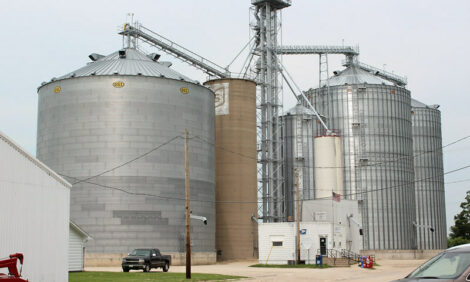



Swedish authorities uncertain how ASF entered the country - GAIN
The outbreaks have greatly affected marketsThe Swedish Veterinary Institute (SVA) announced the detection of African Swine Fever (ASF) in seven dead wild boars, the first ever in Sweden, on September 7. An additional six positive cases of ASF in wild boar carcasses were reported four days later. The positive samples were all found 145 km northwest of Stockholm, according to a recent US Department of Agriculture (USDA) Global Agricultural Information Network (GAIN) report.
It's not clear how the ASF virus spread to Sweden. Currently, the SVA is searching a fenced area of about 1,000 km2 for more dead wild boars and possible occurrences of ASF. Within this fenced area, all outdoor activities are prohibited, and all domestic pigs will have to be culled. So far, about 50 domestic swine of a local breed have been culled on a single farm. On the SVA website a map is available with the location of the SFA findings, which is updated daily.
The Swedish swine herd is estimated at about 1.4 million head, which is only 1% of the swine herd in the European Union. With an export sales volume of 12,000 MT Carcass Weight Equivalent (CWE) of pork, only about 5% of Swedish pork production is exported to third countries. New Zealand and South Korea are the main markets outside the EU. According the Swedish Meat Industry Association the following countries have banned pork imports from Sweden since the ASF outbreak: Armenia, Australia, Japan, the Philippines, Singapore, Taiwan, and Ukraine.
After its initial introduction in Poland and Lithuania in 2014, ASF continued its spread at a rate of about 1–2 km per month westwards, according to the report. In 2023, 14 EU MSs found ASF in wild boar and 10 MSs in domestic pigs, leaving little hope for the ASF situation in the EU to improve anytime soon.
Backyard farming plays a significant role in the spread of ASF. More information about the current ASF situation in the EU is available in the latest map of the European Commission.
So far, ASF has not been found in domestic swine in the main pork producing EU Member States in western Europe (Spain, France, the Netherlands, and Denmark), except for Germany.
The spread of ASF is one of the many challenges swine farmers are facing in the EU. While carcass prices are currently at a record level, pork production is forecast to fall in 2023 and stagnate in 2024 due high input costs, dwindling domestic and export demand and an incessant flow of new requirements related to the Green Deal, the Veterinary Medicine Legislation, and the new EU Animal Welfare Legislative Roadmap.









